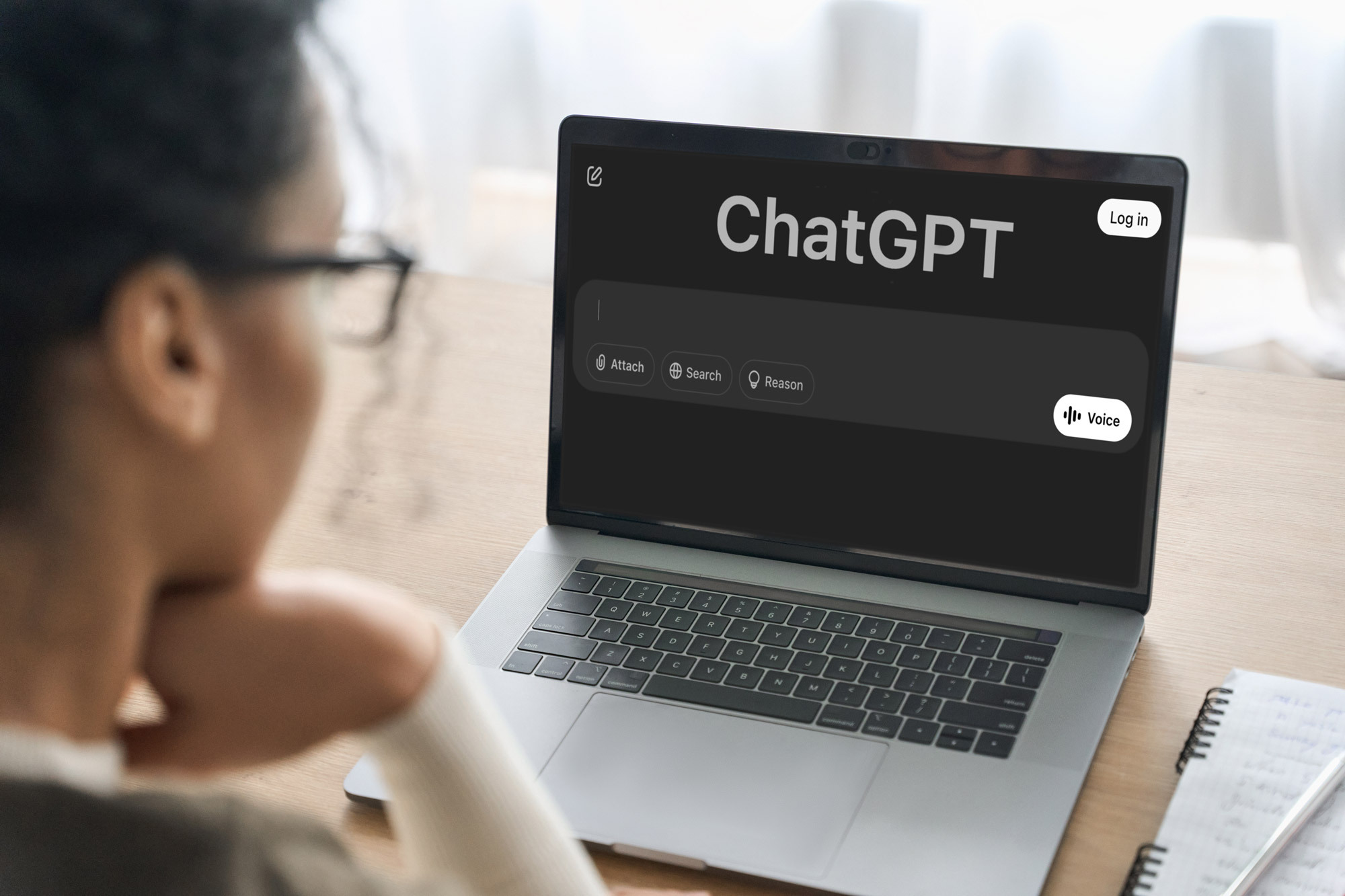One of my favorite things about ChatGPT is its impressive ability to accurately summarize documents (even enormous ones).I’ve used it at home to understand what the buttons on my dishwasher actually do, in my car to learn about the various lights on my dashboard, and most recently, to navigate the Individualized Education Program (IEP) for my daughter.If you’ve ever gone into a situation without a clue about what you’re doing, that was me when I first started the process.
I felt like someone had spun me around, blindfolded. I was lost to the point I wasn’t entirely sure if I was even getting the acronym right.Some friends suggested I hire a lawyer or personal advocate.

Before going down that road, which frankly was outside of my budget, I turned to ChatGPT for help.Using ChatGPT for clarity(Image credit: Shutterstock)Anyone with a special needs child knows that beyond the roller coaster of everyday life, the struggles that come with navigating paperwork with the school can be an overwhelming experience.The unfamiliar acronyms — FAPE, LRE, SLD — and the detailed goals with quarterly benchmarks left me anxious about missing crucial details.
I was determined to advocate effectively for my daughter but felt unsure where to start.In search of clarity, I turned to ChatGPT with a simple prompt: "Can you explain an IEP to me like I’m a parent seeing this for the first time?"That moment marked the beginning of a transformative journey.Understanding the basicsChatGPT provided a clear explanation: an IEP is a legally binding document designed for students with disabilities, detailing the services, supports, goals and accommodations tailored to help them succeed in school.
This foundational understanding was crucial as “getting an IEP” can feel like jumping through hoops for a lot of families.I delved deeper, asking about the goals section and the concept of SMART goals. While I’m familiar with SMART goals, ChatGPT explained how to understand them in this use case, ensuring clarity and trackability.
This insight helped me assess whether my daughter's IEP goals met the criteria, and the AI even helped me write ones that did.Clarifying key concepts(Image credit: Shutterstock)There are at least a dozen terms that were a source of confusion for me. Yet, ChatGPT elucidated the terms, helping me understand which ones refer to certain needs and educational settings.
This understanding empowered me to discuss placement options more confidently during meetings.Feeling more informed, I sought guidance on what to ask during the IEP meeting and follow-up meetings to ensure my daughter received appropriate support. ChatGPT suggested questions such as:How will my child's progress be measured, and how often will I be updated?Are the goals written in a measurable and specific manner?What support is available during unstructured times, like lunch or recess?How are general education teachers involved in implementing the IEP?These questions, aligned with recommendations from special education resources, enabled me to engage more effectively with the IEP team.
For instance, understanding how progress would be monitored and communicated allowed me to stay informed about my daughter's development.Inquiring about support during unstructured times addressed areas where my daughter might need additional assistance. I would have never known to ask this question if it weren’t for ChatGPT.
ChatGPT helped me become an empowered advocate(Image credit: Future)Armed with this knowledge, I transitioned from a scared parent to an active participant in IEP meetings.ChatGPT didn't replace the invaluable input of her educators and therapists but equipped me with the tools to communicate effectively with them.I could now ask informed questions, understand the responses, and collaborate more meaningfully to tailor the IEP to my daughter's needs.
Practical prompts for parentsFor other parents embarking on this journey, here are some prompts that proved invaluable to me:"What should I ask before signing my child’s IEP?""Can you help me rewrite this goal to make it more measurable?""What’s the difference between a 504 plan and an IEP?""Can you explain the role of the speech therapist in an IEP?"These prompts can serve as starting points to gain clarity and confidence in navigating the IEP process.ChatGPT for real-world use(Image credit: Future)The IEP process can indeed be daunting, but with the right tools and resources, it becomes more manageable. Leveraging AI assistance like ChatGPT provided me with immediate, comprehensible information, transforming my apprehension into empowerment.
By the time of our next IEP meeting, I felt more prepared and emerged as a stronger advocate for my daughter's education.Remember, while AI tools offer valuable support, they complement rather than replace the expertise of educational professionals. They help bridge knowledge gaps, enabling parents to engage more effectively in their child's educational planning.
More from Tom's GuideThink AI Is a safe place to share your secrets? Think againGoogle Search just got a huge AI upgrade — here’s what's newI caught my son using ChatGPT — and it made me rethink everything about parenting in the AI age.
Technology

I used ChatGPT to help fight for my special needs child at school — here's how

When I felt overwhelmed by my daughter’s special education plan, I turned to ChatGPT for help.














